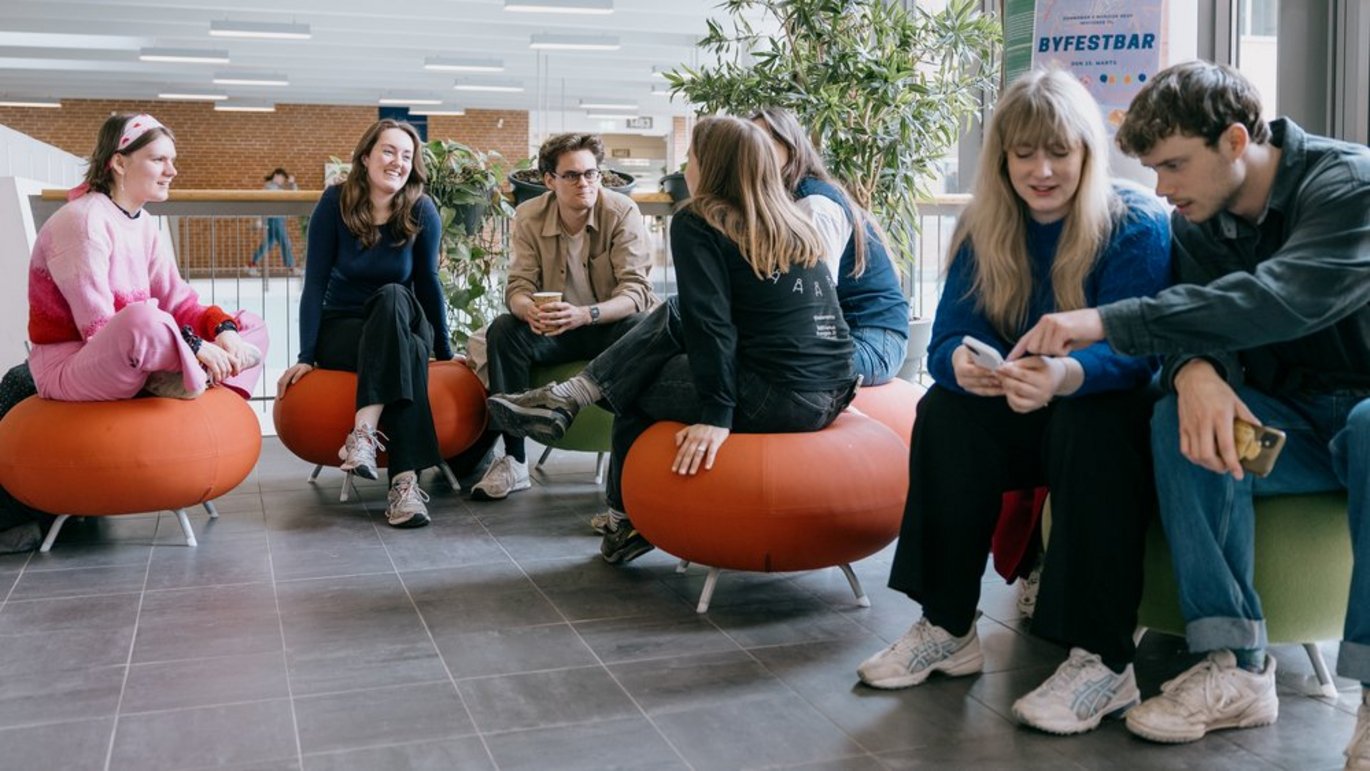Creating supportive learning environments with the jigsaw discussion method
How can small class teaching be varied to increase student engagement and active participation? Inspired by this question, Anne Marie Olesen decided to introduce a new teaching activity in her course 'Understanding Organizations'. Drawing from her experiences, she emphasises the importance of letting the learning outcomes guide the activities.


Anne Marie Olesen is a teaching associate professor and department consultant at the Department of Philosophy and History of Ideas. She teaches at the professional Master's degree programme in Humanistic Organisational Development and the Bachelor’s supplementary subject within the same field.
“Some of the teaching at the Department of Philosophy and History of Ideas needed to be reorganised. Instead of using student teachers for small class teaching, the VIPs had to carry out the teaching. Therefore, I contacted the CED to arrange a seminar at the Moesgaard campus, which could offer the VIPs ideas for new teaching activities. At the seminar, I was inspired to explore how I could further vary my own teaching and make the students more active,” she explains.
Creating supportive learning environments with the jigsaw activity
In this connection, Anne Marie Olesen decided to try the jigsaw discussion method. The method is carried out as follows:
- Students are divided into groups. Each group works on a specific topic within a larger theme. The group works together to understand their specific topic thoroughly.
- The students are then regrouped so each new group includes at least one ‘expert student’ in each topic. In the new groups, each student presents their respective parts of the theme so they can discuss and compare.
- To conclude, the students can return to their original group to reflect on what they have just learned.
The purpose of the activity is for students to delve into a topic and understand it in such depth that they can explain it to peers. At the same time, they gain insight into other aspects of a larger theme without an increased workload.
“We had a theme about motivation. I started the session by giving a broad overview of the topic. After my presentation, I divided the class into three groups where each group was assigned to one of three classic texts on motivation theory, which they had to work on based on questions I had prepared,” Anne Marie Olesen explains.
“The activity was effective in getting the students to interact across groups and get to know one another better, rather than just sticking with those they always worked with. They were all very active. So, it is definitely a useful tool for fostering a sense of social belonging, which is a key factor in making them feel comfortable participating actively in class and bonding with one another,” she says.
Challenges arising from interdisciplinary educational backgrounds
The Bachelor’s supplementary subject in Understanding Organizations is interdisciplinary and the students come from diverse academic backgrounds. One of the goals of the jigsaw activity was to highlight how the different areas of expertise could complement one another. However, the interdisciplinarity proved to be a challenge:
“One of the issues with the activity was that because the students came from such different disciplines, they did not have the same foundation for working analytically with the texts. As a result, they did not fully understand the texts in depth,” notes Anne Marie Olesen.
Consequently, she highlights the importance of carefully considering the contexts in which the activity is used. It is not simply about aiming for variation, but about letting the learning outcomes define the teaching activities.
In the future, Anne Marie Olesen intends to use the jigsaw method with case-based work instead, where the three different theories are applied to one case. In this way, the work will gain an application-oriented perspective, and the students will learn how to apply their foundational theory in practice.
Workshops on engaging teaching
Engaging and involving teaching is already a natural element of many of the CED’s foundational courses for student instructors, PhD students, postdocs, and assistant professors. Therefore, we offer specialised workshops for senior faculty who wish to rethink their teaching.
These workshops take into account the amount of teaching experience that senior academic staff has. In addition, the workshops align with the Danish framework for advancing university pedagogy. They are:
